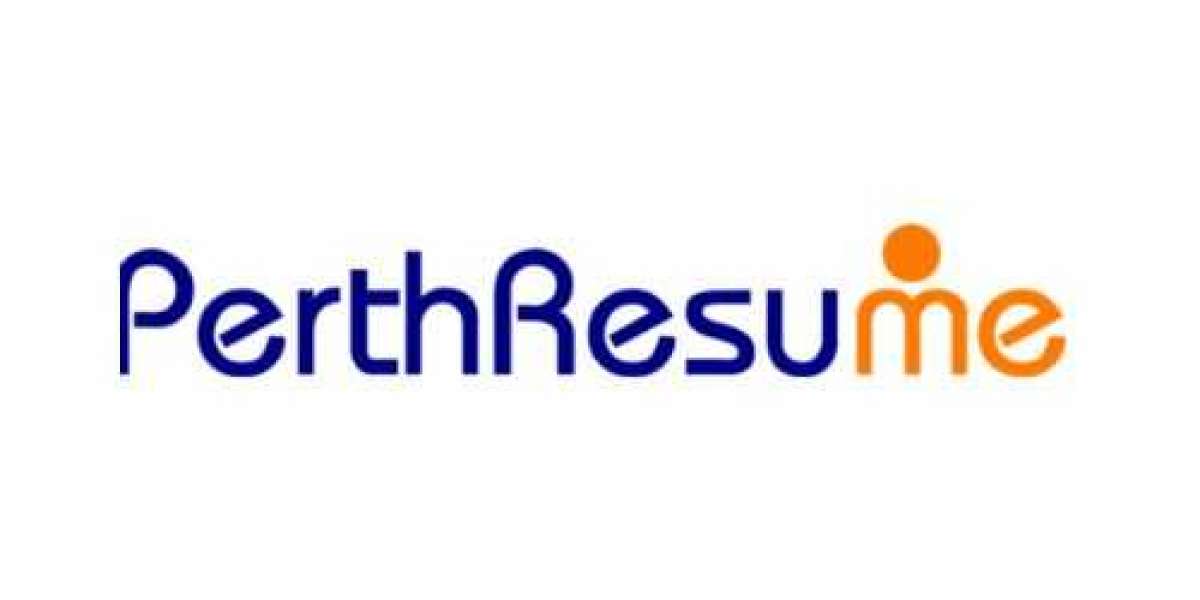When working with Docker, the terms docker entrypoint vs cmd often cause confusion among developers, especially when building and running containers using a Dockerfile. Both serve a similar purpose but behave differently in how they define the default command that is executed within a container. In this article, we’ll explore the differences between Docker ENTRYPOINT and CMD, their use cases, and when to choose one over the other.
What is Docker?
Before diving into ENTRYPOINT and CMD, it's helpful to briefly understand Docker and its role in modern development workflows. Docker is a platform that allows developers to automate the deployment of applications inside lightweight, portable containers. Containers are isolated environments that run on a shared operating system, making it easier to build, deploy, and run applications consistently across different environments.
The Role of Dockerfile in Containerization
A Dockerfile is a text file containing instructions on how to build a Docker image. It specifies the base image, application dependencies, file configurations, and the commands that will run when a container starts. Docker images are immutable, meaning they don’t change after being built. To execute commands inside the container, Docker provides directives like ENTRYPOINT and CMD.
What is CMD in Docker?
The CMD directive in a Dockerfile specifies the default command that runs inside the container. This command can be overridden when the container is run using the docker run command, allowing for flexibility in defining different behaviors depending on the situation.
Here is an example of how CMD works in a Dockerfile:
dockerfile
Copy code
FROM ubuntu:latest
CMD ["echo", "Hello, World!"]
In this case, the CMD directive tells Docker to execute the echo command, which prints “Hello, World!” to the console. However, you can override this command when starting the container by providing an alternative command like this:
bash
Copy code
docker run myimage echo "Goodbye, World!"
In this case, the container will output “Goodbye, World!” instead of the default “Hello, World!” specified in the Dockerfile.
What is ENTRYPOINT in Docker?
ENTRYPOINT, on the other hand, defines the command that will always run when the container starts. Unlike CMD, the command specified by ENTRYPOINT cannot be easily overridden. However, you can pass arguments to the ENTRYPOINT command when running the container.
Here is an example of an ENTRYPOINT in a Dockerfile:
dockerfile
Copy code
FROM ubuntu:latest
ENTRYPOINT ["echo", "Hello, World!"]
In this case, every time the container runs, it will always execute the echo "Hello, World!" command. While you can pass additional arguments to the ENTRYPOINT command when running the container, the core command remains unchanged:
bash
Copy code
docker run myimage "Goodbye, World!"
This command would output Hello, World! Goodbye, World! because "Goodbye, World!" is passed as an argument to the ENTRYPOINT command, but the original ENTRYPOINT instruction still runs.
Key Differences Between CMD and ENTRYPOINT
While both CMD and ENTRYPOINT are used to specify what happens when a container starts, their behavior differs in the following ways:
- Overriding Behavior:
- CMD: The command specified by CMD can be completely overridden when running the container using docker run.
- ENTRYPOINT: The ENTRYPOINT command cannot be overridden but can accept additional arguments when running the container.
- Intent:
- CMD: Primarily used to provide defaults for executing the container. It offers flexibility and is typically used when you want the container to have a fallback behavior that users can override easily.
- ENTRYPOINT: Used to configure a container that should always run the same command, regardless of what arguments are passed.
- Flexibility:
- CMD: More flexible as it allows overriding the default behavior, making it useful for containers that can execute multiple commands or have different runtime configurations.
- ENTRYPOINT: Enforces a strict behavior where the specified command will always execute, useful for containers designed to run a specific application or service.
Combining ENTRYPOINT and CMD
Docker allows you to use both ENTRYPOINT and CMD together in a single Dockerfile. When both are present, CMD acts as the default argument to the ENTRYPOINT command. This approach provides flexibility and strict control over the execution flow of your containers.
Here’s an example:
dockerfile
Copy code
FROM ubuntu:latest
ENTRYPOINT ["echo"]
CMD ["Hello, World!"]
In this case, the container will always run the echo command, and if no arguments are provided, it will use the default argument Hello, World! from CMD. However, you can override the argument passed to ENTRYPOINT when running the container:
bash
Copy code
docker run myimage "Goodbye, World!"
This would output Goodbye, World! because the CMD value was overridden with a new argument, while the ENTRYPOINT (echo) remained the same.
Use Cases for CMD
- General-Purpose Containers: When building containers that might perform different tasks based on user input, CMD is a good choice. For example, containers that can run various scripts or utilities can leverage CMD to provide a default behavior but allow users to specify different commands when needed.
- Overridable Defaults: If your container has a default operation but should allow users to override it, CMD provides that flexibility.
Use Cases for ENTRYPOINT
- Single Application Containers: When your container is designed to run a specific application, such as a web server, database, or other service, ENTRYPOINT ensures that the required command always runs when the container starts.
- Non-Overridable Commands: If you want to lock the behavior of a container, ensuring that it always performs the same operation regardless of user input, ENTRYPOINT is ideal.
Best Practices for Using ENTRYPOINT and CMD
- Use CMD for flexible defaults: If you want to give users the option to override the container’s behavior when running it, CMD is the better choice.
- Use ENTRYPOINT for fixed commands: If your container has a primary task that should always run, choose ENTRYPOINT to enforce the behavior.
- Combine ENTRYPOINT and CMD: For maximum flexibility, consider using both. Let ENTRYPOINT define the main command and use CMD to specify default arguments that users can override.
Choosing between ENTRYPOINT and CMD in a Dockerfile largely depends on the behavior you want for your container. If you need flexibility and want users to override the default command, use CMD. If you want a fixed, non-overridable command, go with ENTRYPOINT.
In some cases, you may even want to combine both to strike a balance between enforceable commands and customizable arguments. Understanding how to use dockerfile cmd vs entrypoint properly can help you create more efficient, flexible, and reliable Docker containers that suit your application needs.







